Tower
![]()
The title of this article is ambiguous. For other meanings, see Tower (disambiguation).
A tower is an accessible, vertically oriented structure that is defined by its height. This means that its height is either a multiple of its diameter or its thickness and/or it clearly towers above the surrounding buildings or adjoining components (e.g. the nave of a church or the wall of a city fortification). A tower can stand on its own (e.g. a round tower) or be part of a larger building or structure (e.g. a church tower, minaret; towers as part of a castle or a city fortification). In principle, towers can be constructed from a wide variety of materials. The most common building materials are wood, metal, stone, steel and concrete.
The height of towers can have different motivations, mainly functional and design. The function of towers is often to create a usable location in an exposed position (observation tower, watchtower, battle tower, diving tower) or to place an object in an exposed position for better effectiveness (bells, advertising boards, antenna, elevated water tank, etc.). Other towers result from the necessity of a rather slender space due to the use (typologically they are comparable to halls with a small footprint). In part, however, design motives also play a role.
Towers are often urban dominants in a settlement (village, town, etc.) or landmarks in the landscape.
The term tower is to be distinguished on the one hand from the term skyscraper, on the other hand from the term mast, whereby the exact demarcation is often not possible, partly there are overlaps, depending on the context different definitions or linguistic vagueness. For example, bell or church towers are usually referred to as towers even if they are not accessible.
In radio technology in particular - in contrast to a mast (transmission mast), which is often designed as a truss construction - a tower (transmission tower) is understood to be a walkable, unbraced (i.e. not anchored with guy ropes) upright cantilever construction.
Tower constructions for radio engineering purposes that are insulated against earth are referred to as self-radiating transmission towers. However, the separation is not always observed in practice, as there are mixed constructions, so-called hybrid towers. DIN V 4131:2008-09 "Antenna support structures made of steel" defines the tower in section 3.3 as a free-standing, cantilever-supporting structure.
Towers are perpendicular constructions. They often taper towards the top for static reasons. In addition, however, there are also leaning tower constructions, which were either created by uneven ground subsidence, or were also intentionally built with an angle of inclination against the vertical.
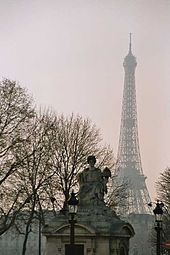
Eiffel Tower
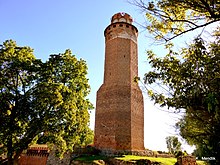
Tower of Strasburg Castle in Brodnica
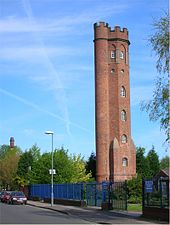
Tower as an end in itself, a folly
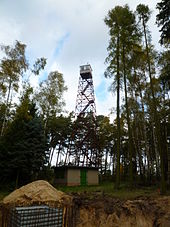
The fire watch tower on the Calvörder Rabenberg
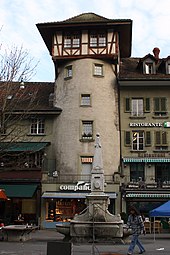
The Holland Tower in Bern
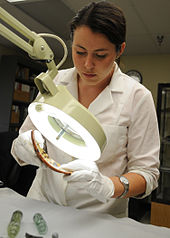
Towers of different form and function
Oldest towers
Towers have been built since prehistoric times (see broch, nuraghe, torre, talayot, tholos, ziggurat). The oldest tower dates from about 7,500 BC and is the tower at Jericho. Many tower buildings in history can be interpreted as "signs of power".
Known towers
Some well-known examples are the Berlin Radio Tower, a 146.7 metre high steel lattice tower, the Berlin TV Tower, the tallest structure in Germany, the European Tower in Frankfurt am Main, and the Stuttgart TV Tower, the first reinforced concrete TV tower of its kind in the world. Also of international significance are the Eiffel Tower in Paris, the Gerbrandytoren in the Netherlands, the Leaning Tower of Pisa and the Canadian CN Tower.
Search within the encyclopedia